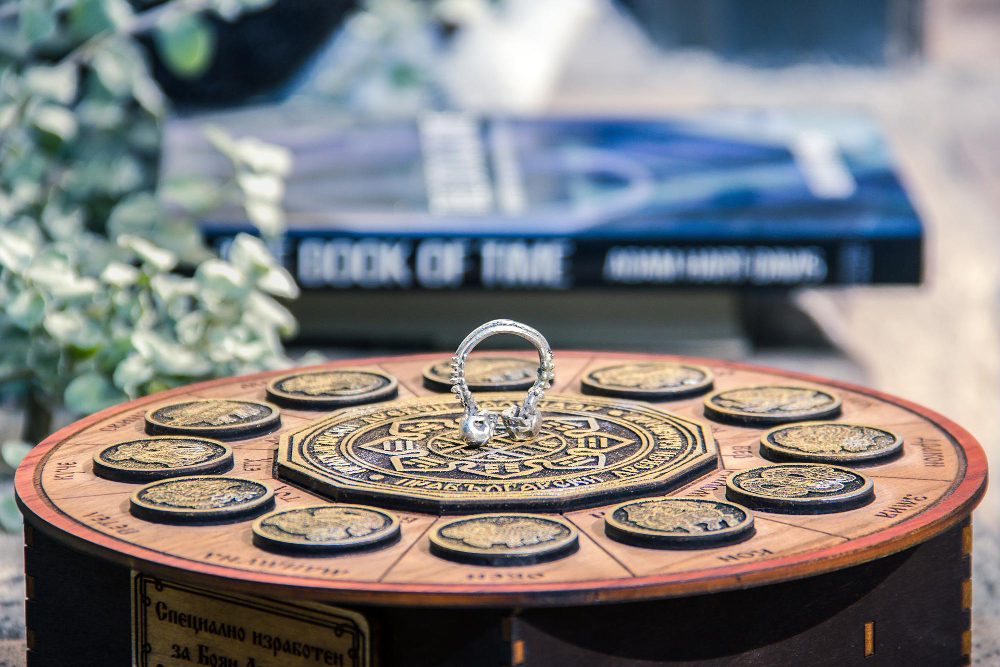gemini-2029
The Celestial Twins in Astronomy, Mythology, and Astrology
Gemini, the third sign of the zodiac, is one of the most fascinating constellations in the night sky. Known for its association with duality, communication, and curiosity, Gemini has captivated humanity for millennia. From its mythological origins to its astronomical features and astrological significance, Gemini continues to inspire wonder and exploration. In this article, we’ll delve into the rich history, scientific facts, and cultural impact of Gemini, uncovering the secrets of the celestial twins.
1. Gemini in Astronomy
The Constellation of Gemini
Gemini is one of the 88 modern constellations recognized by the International Astronomical Union (IAU). It is located in the northern hemisphere and is most visible during the winter and spring months. The constellation is situated between Taurus to the west and Cancer to the east, with Auriga and Lynx bordering it to the north.
Key Stars and Features
- Castor and Pollux: The two brightest stars in Gemini, Castor (Alpha Geminorum) and Pollux (Beta Geminorum), represent the heads of the twins. Pollux is an orange giant star, while Castor is a complex multiple-star system.
- M35: This open star cluster, located near the foot of Castor, is a popular target for amateur astronomers. It contains hundreds of stars and is approximately 2,800 light-years from Earth.
- Eskimo Nebula (NGC 2392): A planetary nebula that resembles a face surrounded by a fur hood, this celestial object is a remnant of a dying star.
- Gemini Meteor Shower: This annual meteor shower, peaking in mid-December, is associated with the asteroid 3200 Phaethon and appears to radiate from the Gemini constellation.
Observing Gemini
Gemini is best observed from December to April in the northern hemisphere. Its distinctive pattern of two parallel lines of stars makes it relatively easy to identify. Using a telescope or binoculars, stargazers can explore its deep-sky objects, including star clusters and nebulae.
2. Gemini in Mythology
The Myth of Castor and Pollux

The constellation Gemini is steeped in ancient mythology, most notably in Greek and Roman lore. The twins Castor and Pollux, also known as the Dioscuri, were the sons of Leda, the queen of Sparta. However, they had different fathers: Castor was the mortal son of King Tyndareus, while Pollux was the divine son of Zeus.
The twins were inseparable and known for their bravery and loyalty. They participated in many adventures, including the quest for the Golden Fleece with Jason and the Argonauts. When Castor was killed in battle, Pollux, who was immortal, begged Zeus to let him share his immortality with his brother. Zeus granted his wish, placing them both in the sky as the constellation Gemini.
Cultural Significance
The story of Castor and Pollux has been interpreted in various cultures:
- In Roman mythology, the twins were revered as protectors of sailors, often appearing as St. Elmo’s fire during storms.
- In Egyptian mythology, the twins were associated with the gods Horus and Set, representing the duality of light and darkness.
- In Hindu astrology, Gemini corresponds to the nakshatra (lunar mansion) of Mrigashira, symbolizing curiosity and exploration.
3. Gemini in Astrology
The Zodiac Sign
In astrology, Gemini is the third sign of the zodiac, spanning from May 21 to June 20. It is ruled by Mercury, the planet of communication, intellect, and adaptability. Geminis are often characterized by their dual nature, symbolized by the twins.
Personality Traits
- Positive Traits: Geminis are known for their wit, charm, and versatility. They are excellent communicators, quick thinkers, and highly adaptable.
- Negative Traits: Their dual nature can sometimes lead to inconsistency, restlessness, and indecisiveness. Geminis may also struggle with superficiality or a lack of focus.
Compatibility
Geminis are most compatible with other air signs (Libra and Aquarius) and fire signs (Aries and Leo). Their intellectual and social nature makes them great partners for those who appreciate lively conversation and spontaneity.
Gemini in the Birth Chart
In a natal chart, the placement of Gemini can reveal insights into an individual’s communication style, learning preferences, and social interactions. For example:
- Gemini Sun: Represents core identity and ego, emphasizing curiosity and adaptability.
- Gemini Moon: Reflects emotional expression and inner world, highlighting a need for mental stimulation.
- Gemini Rising: Influences first impressions and outward personality, often making individuals appear lively and engaging.
4. Modern-Day Relevance of Gemini
Gemini in Popular Culture
The symbolism of Gemini has permeated literature, art, and entertainment:
- Literature: The duality of Gemini is a recurring theme in works like Robert Louis Stevenson’s Dr. Jekyll and Mr. Hyde.
- Film and TV: Characters with Gemini traits often appear as witty, multifaceted individuals, such as Tony Stark (Iron Man) or Sherlock Holmes.
- Music: Artists like Kanye West and Prince, both Geminis, embody the sign’s creativity and versatility.
Gemini in Technology
The name “Gemini” has also been adopted in the tech world:
- Google Gemini: A next-generation AI model developed by Google DeepMind, aiming to rival OpenAI’s GPT-4.
- Gemini Spacecraft: Part of NASA’s early space program, the Gemini missions (1965-1966) paved the way for the Apollo moon landings.
Gemini as a Symbol of Duality
In modern psychology and philosophy, Gemini’s duality is often used to explore themes of identity, balance, and interconnectedness. It serves as a reminder that opposites can coexist and complement each other.
5. Exploring Gemini: A Guide for Enthusiasts
Stargazing Tips
- Best Time to Observe: Late evenings in winter and early spring.
- Tools Needed: A star chart, binoculars, or a small telescope.
- Locating Gemini: Look for the two bright stars, Castor and Pollux, near Orion and Taurus.
Astrological Insights
- Understanding Your Gemini Traits: Reflect on how your Gemini placements influence your personality and relationships.
- Harnessing Gemini Energy: Embrace curiosity, adaptability, and communication in your daily life.
Mythological Exploration
- Reading the Myths: Dive deeper into the stories of Castor and Pollux and their cultural significance.
- Connecting with Symbolism: Explore how the themes of duality and connection resonate in your own life.









